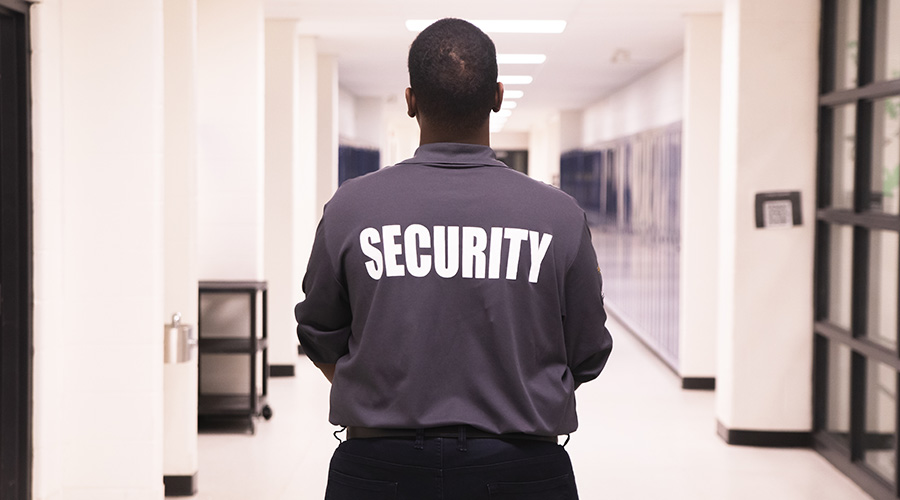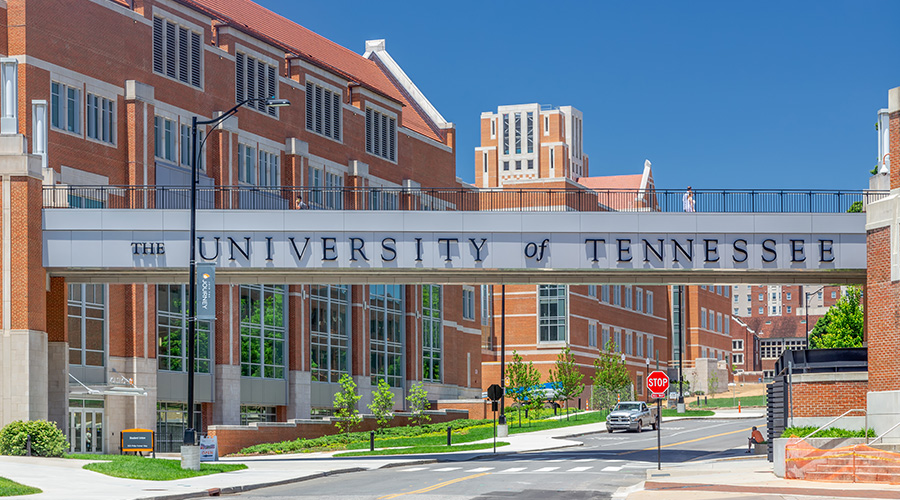Focus On Zones Of Control And Protection To Minimize Security Gaps
Sako says that when including security from the onset, the investment in technology and people can be minimized by creating proper zones of control and protection.
"Good architectural features reduce the technology that must be applied to correct bad or uncontrolled traffic flow after the fact," he says. "Good architectural design will require fewer card readers, video cameras [or related technology], to protect a given area."
But sometimes that "good architectural design" wasn't part of the planning stage. What then?
Without preplanning for security technologies, says Atlas, "the result is core drilling through concrete to add conduit to the pull wire to run the [security] systems."
Renovations reveal weaknesses in facilities built in a manner that is not conducive to effective security.
"We see multiple entrances, insufficient room for screening, loading docks adjacent to mechanical rooms containing fire pumps, screening facilities adjacent to evacuation paths," Duda says. "The most common issue is a lobby and fire exit design that makes it impossible to use card reader controls on a door without violation of life safety codes, or the implementation of an emergency bypass that sounds an alarm, but defeats the access control."
It's not just codes related to exits that can complicate security planning. Ahrens was visiting a data center where there were concerns about employee sabotage. While touring the facility as part of an assessment, Ahrens noted the "Emergency Data Center Power Off" button labeled in public view, as per code requirements. "So security is something we need to think about on many levels, including code," he says. "Because — if we're worried about employee sabotage — maybe we shouldn't label the 'Power Off' button."
Sometimes, it takes an incident to drive home the importance of security. In one case, an existing facility was concerned about union activity. The security consultant recommended installation of doors to compartmentalize and contain potential threats and help protect executives. "But it was $15,000 and they didn't choose to install them," says Ahrens.
Three months after the threat assessment and recommendation, Ahrens says, protesters walked into the executive offices with a bullhorn. "Guess what? They bought the doors."
Loren Snyder, a contributing editor for Building Operating Management, is a writer who specializes in facility issues. He was formerly managing editor of Building Operating Management.
Email comments and questions to edward.sullivan@tradepress.com.
Related Topics:














